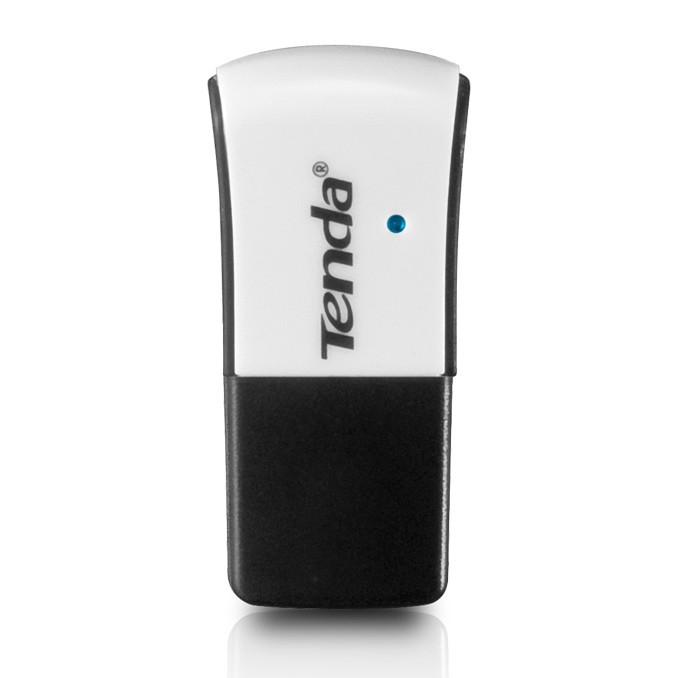Breaking News
Main Menu
Lirc Serial Receiver How To Basic Face
пятница 21 декабря admin 59
When my DVD player stopped working, I definitively proved to myself (and to people I know) that if there is a simple and effective solution to a problem and a complex one which promises unpredictable results, I always choose the second option. Instead of buying a new DVD/DivX/MP3 player for the modest price of $40-50, I decided to build a home-made device that would allow me to record the TV, receive podcasts, watch my favorite movies, view webtv, play games, and a lot of other things that I considered cool. So my modest adventure with Freevo, GNU/Linux and a lot other free software begins. Introduction A media center is a special type of computer conceived for your living room rather than for your office. There are several models of media center available on the market and most of them are based on the Microsoft Windows Media Center Edition. Differently from a traditional personal computer, the interaction with a media center mainly flows through the remote control and the television screen.
First, unlug the usb ir receiver and reboot. Second, while it is rebooting, crack to remotes case and remove the funny logo in the middl;e button. There ways to do away with reboot but this works and is to easy understand. You can test the one you have - look in your /etc/lirc/hardware.conf for the DEVICE. LIRC is basically a small server which can decode or transmit infra-red signals. This is a tutorial about how to set up the LIRC server and how to use it in order to control your system or specific LIRC-enabled applications with a remote control.
It is of course possible to add a wireless keyboard for writing text but most of the time a media center is used by one or more users enjoying content from separate sources such as DVD, Video CD, digital video cameras, FM radio, analog/digital terrestrial TV or satellite TV, network streaming and, of course, the local hard disk. Differently from a traditional personal computer, the interaction with a media center mainly flows through the remote control and the television screen What hardware you need Assuming you want to build your own media center, the ingredients you need are of three types: hardware, software and connectivity. Your media center will gain a lot from a LAN connection which is useful for management tasks and for receiving media streams from the internet. Regarding the hardware the essential components are: motherboard, CPU, RAM, disk, video card with TV/OUT, audio card, TV/FM card, network card, CD/DVD player and a remote control with IR receiver.
Of course you can add a lot of optional components like a DVD writer and USB memory readers. To build an effective system you need a minimum CPU power for video encoding/decoding. Buying an Intel Core Duo with 2GB of RAM is a viable choice, but in my experience you can save a lot of money reusing some old hardware. I’ve assembled a system with Pentium III processor with 320MB of RAM and I found that for video encoding/decoding this configuration is powerful enough. If you don’t have any old PC to cannibalize, you can buy a mobo/CPU/RAM for less than 100$ on eBay and get your system done. 
I’ve assembled a system with Pentium III processor with 320MB of RAM and I found that for video encoding/decoding this configuration is powerful enough GNU/Linux helps to make your old hardware run again. It’s always possible to optimize GNU/Linux, while Windows XP is too resource consuming. Another proprietary alternative for old hardware is, as usual, Windows 98, but would you venture to make it your OS? Thus, for my media center I’ve acquired the following: • Microstar mother board with Intel P3/800MHz • 320MB of RAM • Matrox Millennium graphics card G400 with dual head • A DVD/CD combo player • A PCI network card 10/100 I also added some special purpose components for the media center: • Technisat TS35 Remote control with IR receiver • Hauppauge WinTV GO tuning card The distro the kernel and the screen Inside the galaxy of GNU/Linux I have chosen Fedora. The reasons behind this choice are absolutely disputable: my first Linux installation was a Red Hat 4 and I’m too lazy to evaluate other distros.